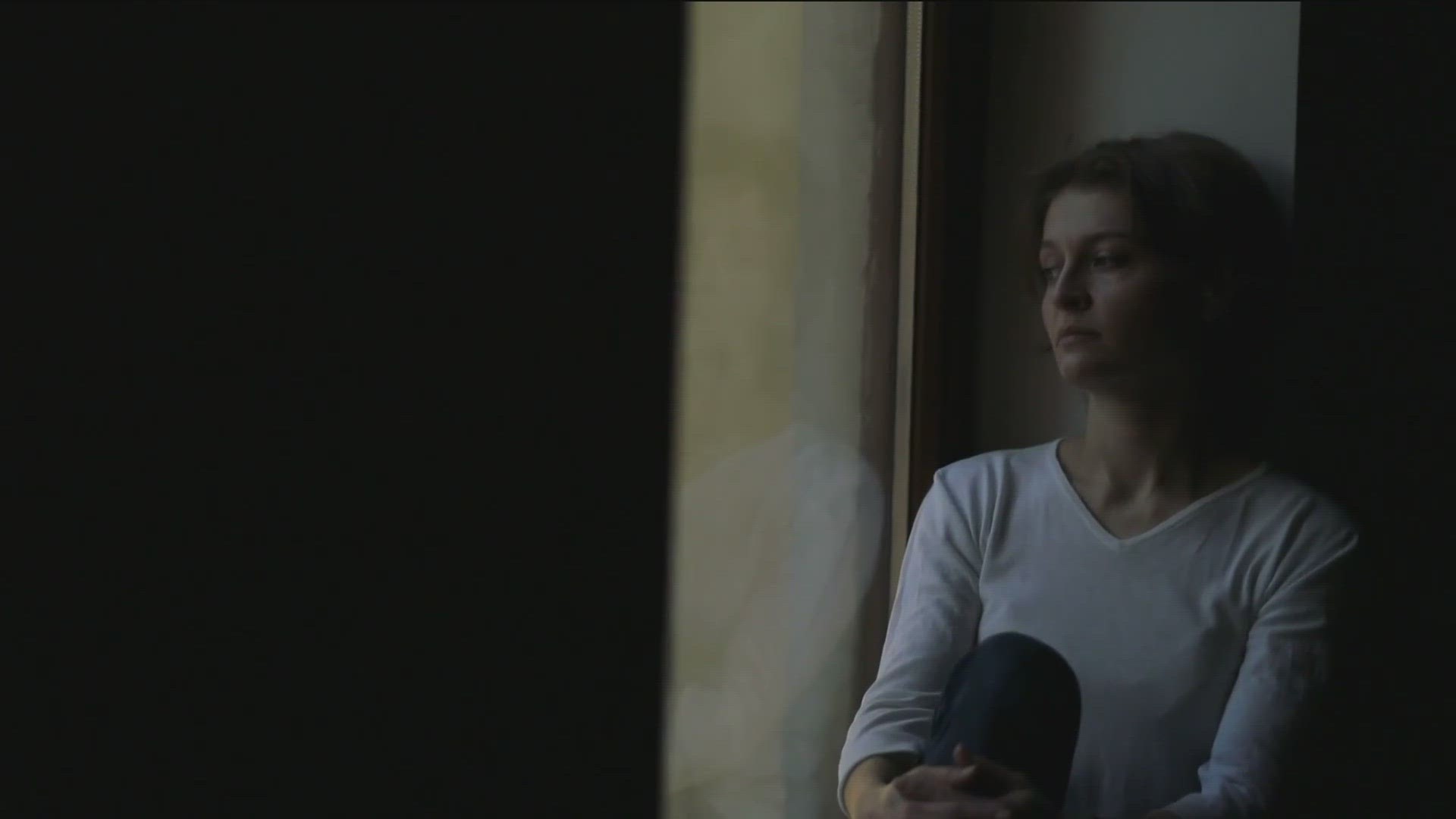SAN DIEGO — We live in a time where, sadly, many of us have known someone that has lost their life to suicide.
1.2 million people attempted to commit suicide in 2020, according to the American Foundation for Suicide Prevention.
Now, there is a method experts claim reduces the likelihood of someone taking their own life.
DJ and dancer Stephen "tWitch" Boss, Miss USA Chelsie Kryst, and Robin Williams are people many remember for their positive light who lost their lives to suicide. However, their deaths are one of the reasons mental health has come to the forefront nationally and locally.
Jan Gloster lives in San Diego. He was shocked when his godbrother took his own life.
"My godbrother was a very energetic man. He was a go-getter, someone who let the world come to him. But, he was a gentle and kind man. We didn't see any of this coming, and that's what is so obscene and rare. It's always when you least expect it," said Gloster.
From 2012-2021, suicide rates have increased nationally by 12%. However, AFSP shows suicide rates have decreased in San Diego by 15%.
"San Diego has shown a decrease since 2018. So, 2018, 2019, 2020, and 2021, we've seen a steady decrease," said Veronica Campbell, Psychotherapist at Sharp Mesa Vista.
The decrease is attributed to suicide prevention safety plans, according to local suicide prevention experts.
"It is an incredibly researched tool. This is something that mental health knows it works. When things are specific, it works better," said Campbell.
"We've seen reductions we've never seen before, the lowest rates we'vein 10 years. So it has shown, and it has proven that it works. Having a plan has been shown to reduce the rates of suicides," said Yeni Palomino, Vice President of Community Health and Engagement for Community Health Partners in San Diego.
The method was created by Columbia University's Director of Suicide Prevention Training, Barbara Stanley.
According to Stanley's findings, all studies that used a suicide safety plan had a 43% reduction in suicidal behavior.
So, how does it work? The safety plan is a six-step process that includes ways for patients to cope, distract themselves and reach out for support.
Campbell and Palomino say they assess their patients before providing a safety plan, yet they say you do not need to be a doctor to create a plan.
A person experiencing suicidal thoughts can write or talk these ideas out before or during a crisis.
Step 1: Warning Signs
*List thoughts or moods, or behaviors that lead to suicidal thoughts
Step 2: Internal Coping Strategies
*what can you do to not act on your thoughts?
You can move on to Step 3 if Step 2 does not resolve the crisis
Step 3: Social contacts who may distract from the crisis
*List several people who can help take your mind off your problems
Step 4: Family members or friends who may offer help
*Have a back plan of more people who can support you and make you feel better
Step 5: Professionals and agencies to contact for help
*List names and numbers of urgent care services
Step 6: Make the environment safe
*Make sure firearms, weapons, and medications are stored in far away safe places during a crisis
"People can say, 'I'm not alone.' You prevent suicides by giving people hope and connections," said Palomino.
"The fact I'm talking to you about this is so different from 10 years ago. I think there's a decrease because mental health has been given the light it has needed," said Campbell.
She says you can change the plan to personalize it specifically to your needs.
Gloster wished he had known about this plan sooner.
"I was not equipped with the proper resources to see the warning signs with my godbrother. I think it needs to be a plan of action and spread like wildfire. I think a safety plan is integral in suicide prevention because it will equip people and prevent a potential suicide from happening," said Gloster.
And he has a message for those who are having dark thoughts.
"I think if anyone who doesn't have a voice or feels their voice isn't heard or you're not having the best days, you're not alone. You being present and alive is better than being gone and not remembered," said Gloster.
You can also download the Stanely-Brown safety plan for free on your cell phone to easily access it at your fingertips, and if you or someone you know is in a suicidal crisis, you can call 988.
WATCH RELATED: Concerns grow over suicide among college students nationwide

